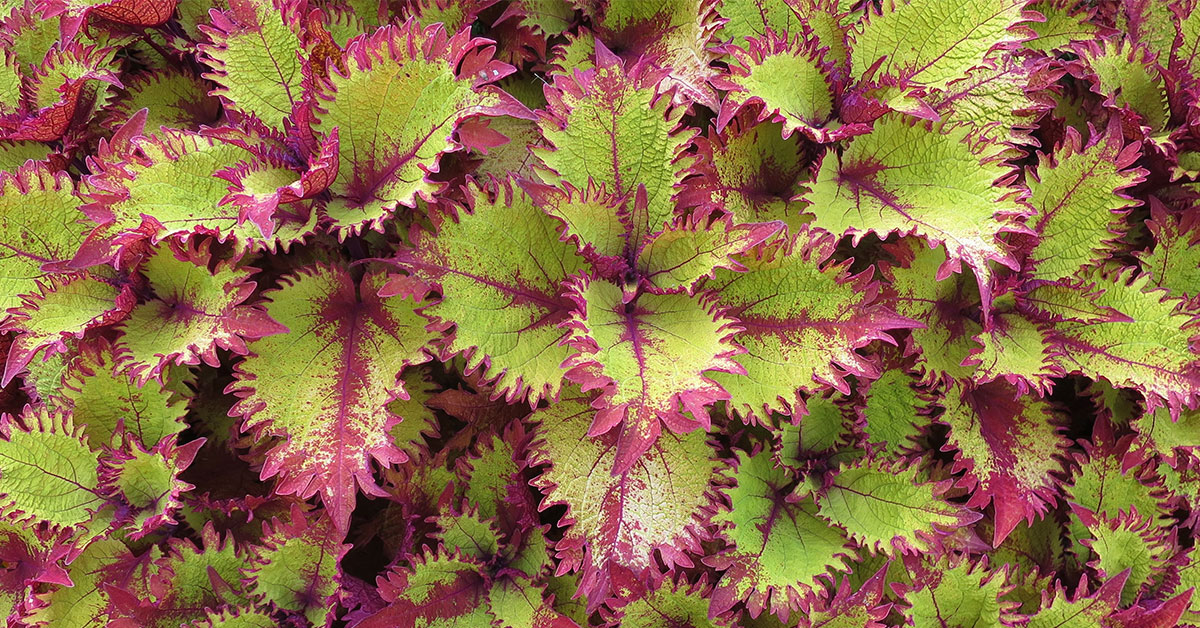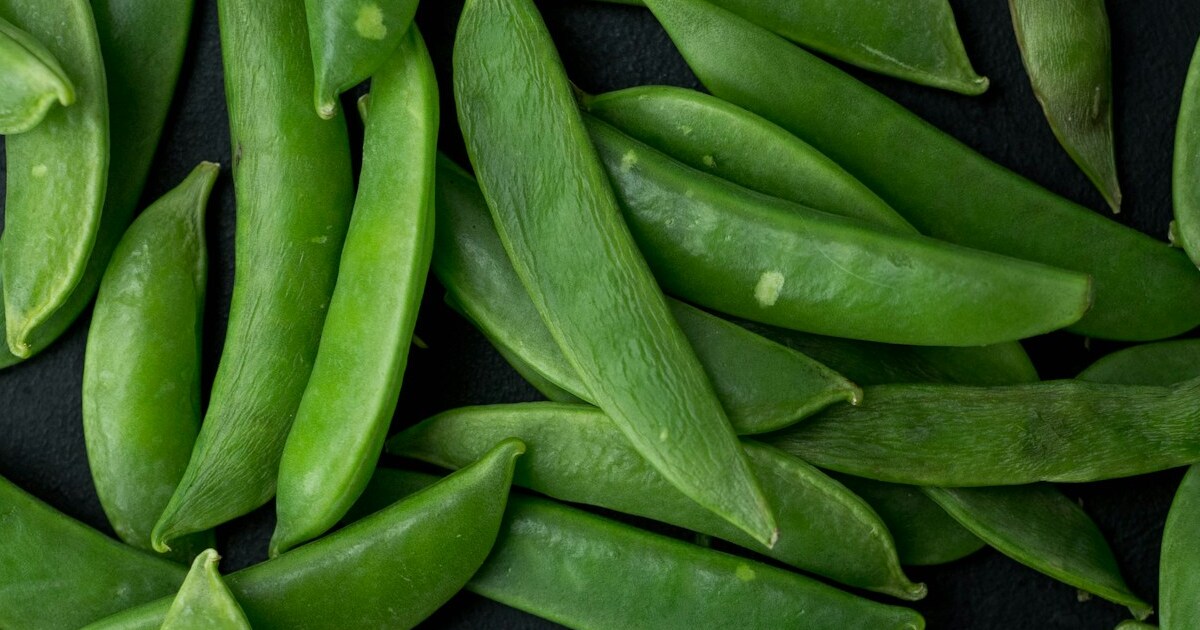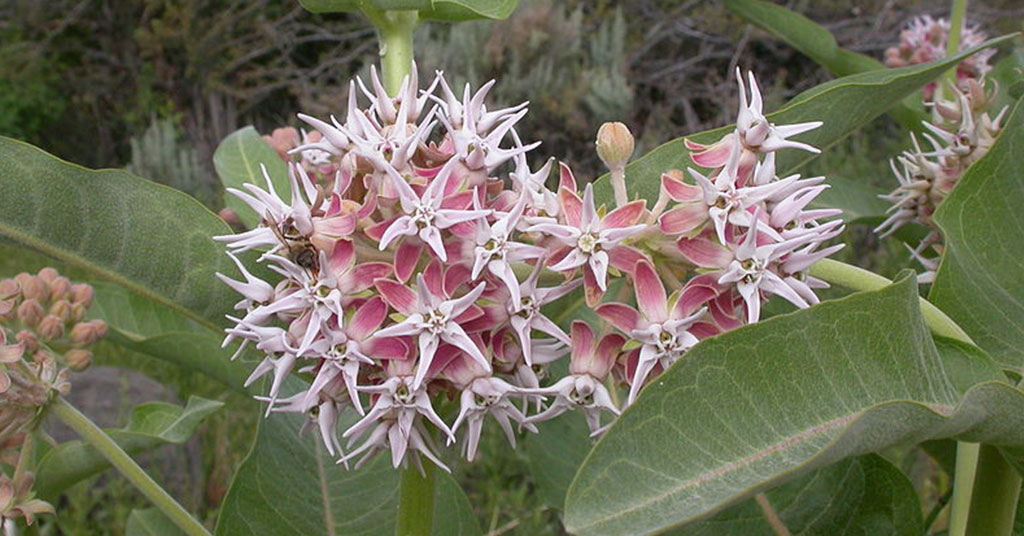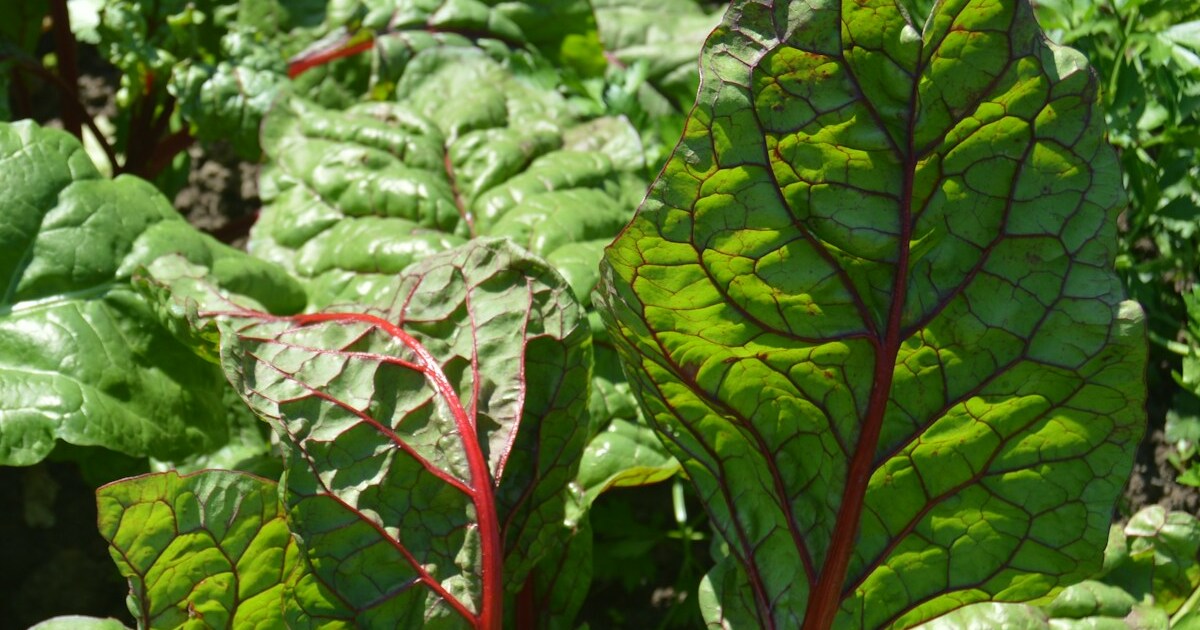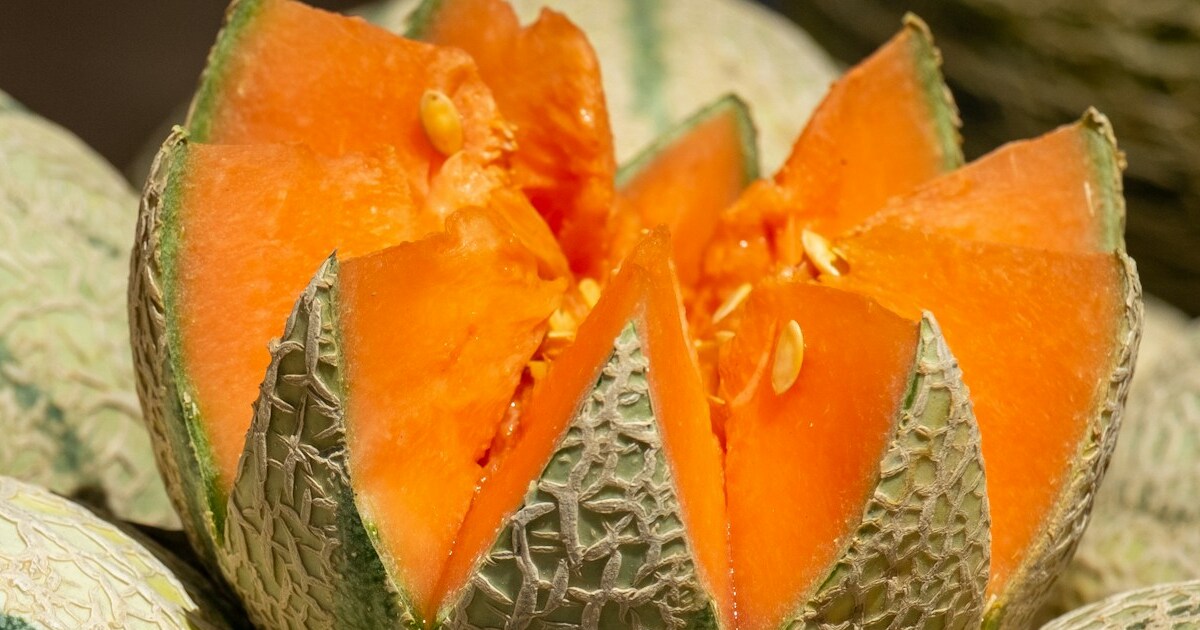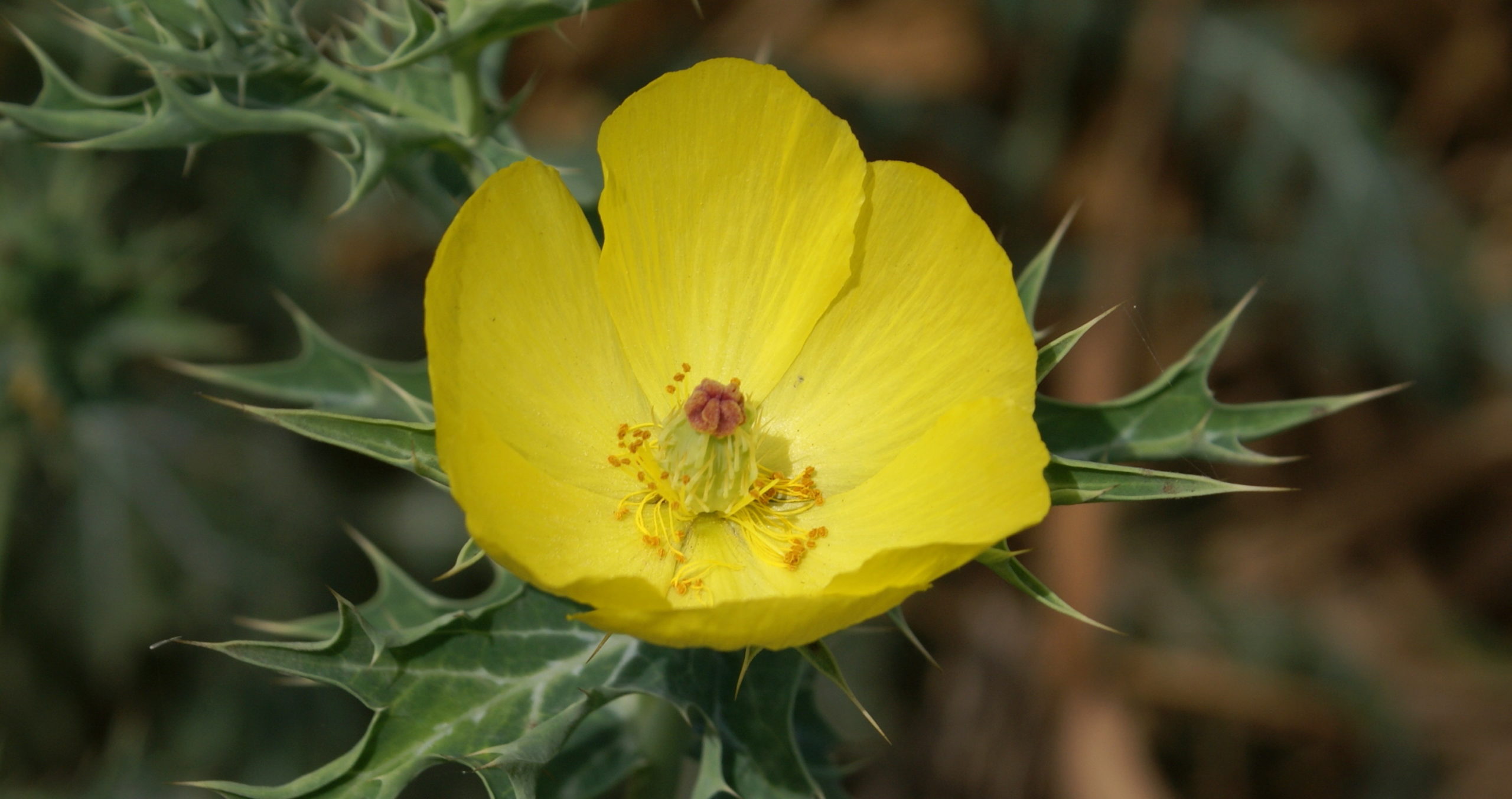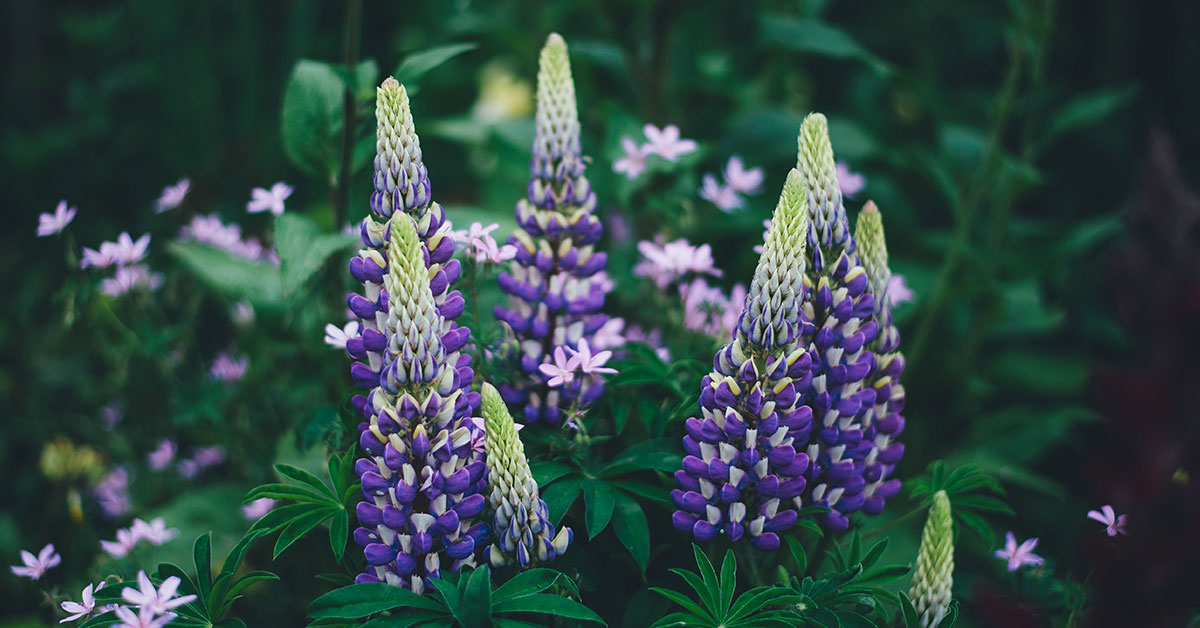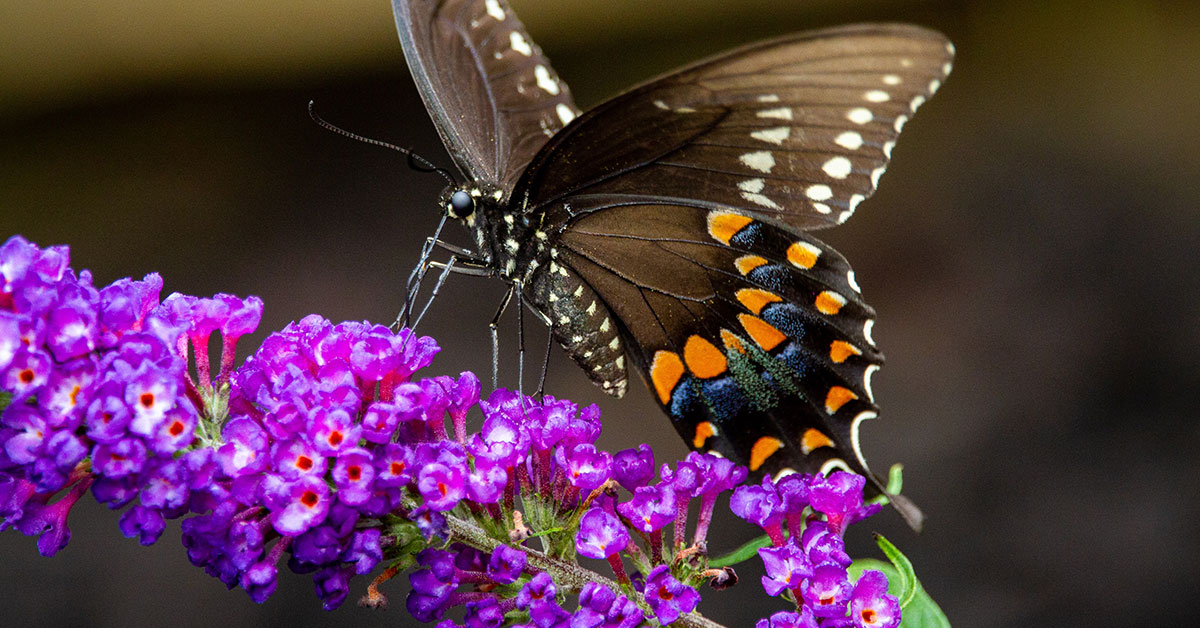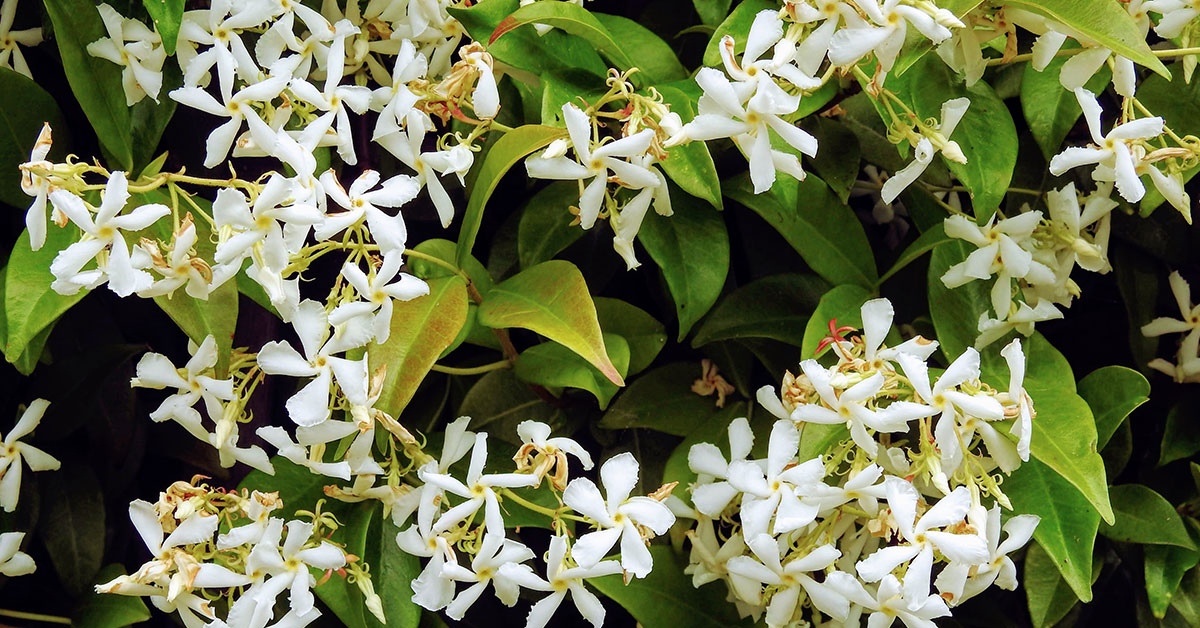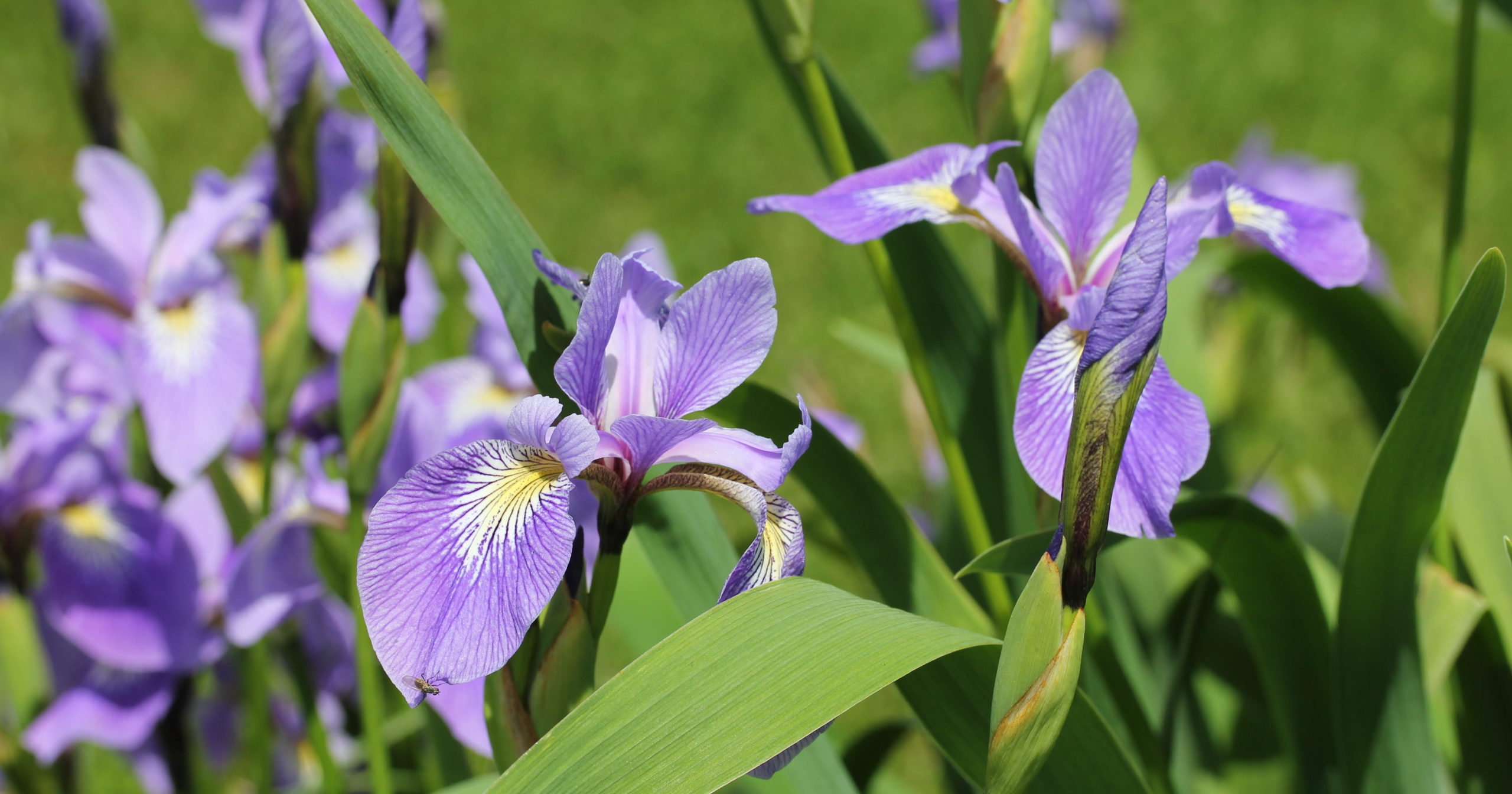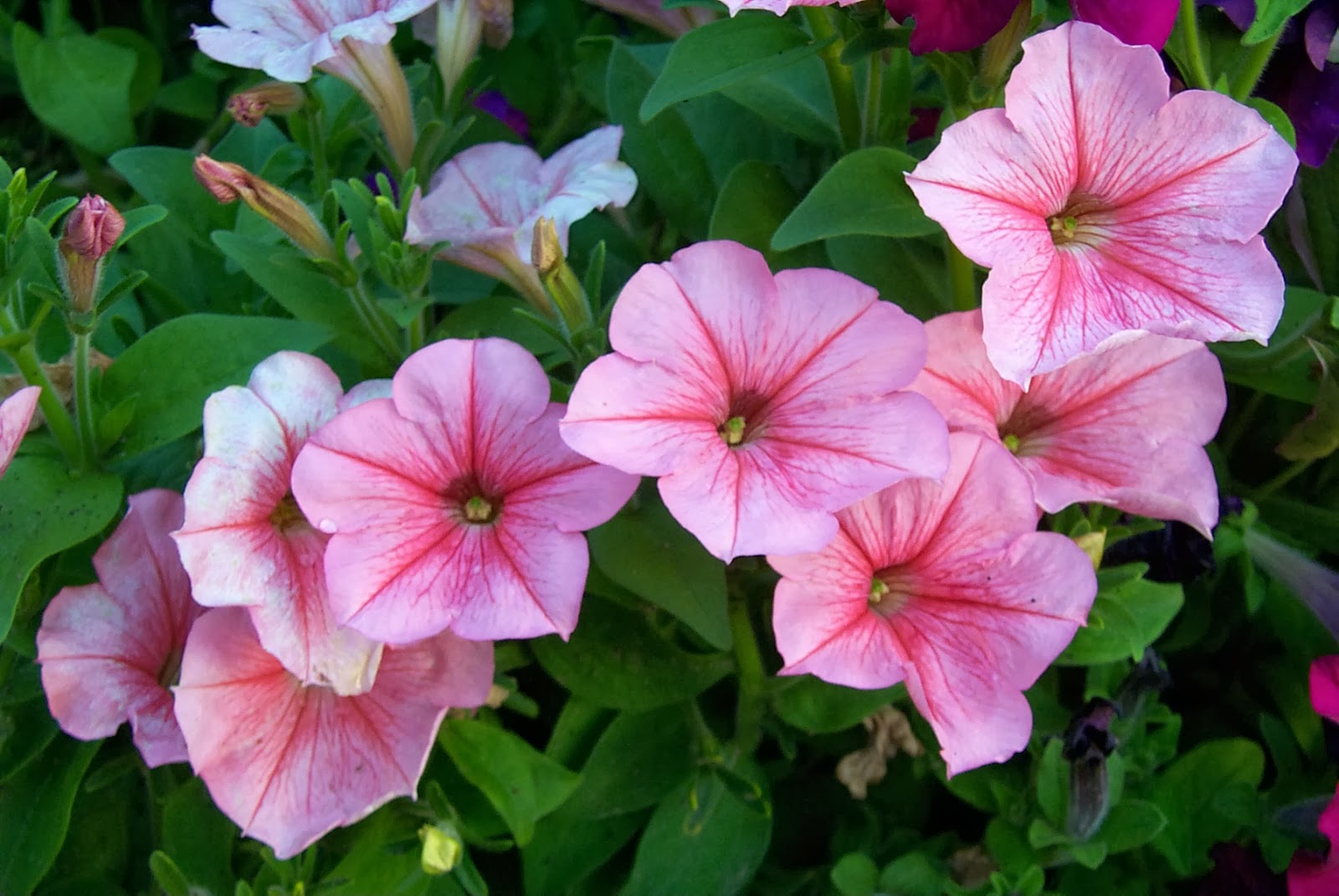Welcome to our comprehensive guide on how to collect coleus seeds, the vibrant and versatile plant that adds a burst of color to any garden or indoor space. Coleus, scientifically known as Solenostemon scutellarioides, is a popular choice among gardeners due to its striking foliage in a wide range of patterns and hues.
While coleus is predominantly grown as an annual, collecting its seeds allows you to propagate your favorite varieties year after year, saving you money and ensuring a continued supply of these eye-catching plants. In this article, we will walk you through the step-by-step process of collecting coleus seeds, from selecting the right plants to harvesting and storing the seeds for future use.
Whether you are a seasoned gardener or a novice plant enthusiast, this guide will equip you with the knowledge and skills to successfully collect and propagate your own coleus seeds.
How to Collect coleus seeds
To collect coleus seeds, follow these steps:
- Allow the coleus plant to mature fully and produce flowers.
- Wait for the flowers to fade and dry out, forming small seed pods.
- Monitor the seed pods regularly and wait until they turn brown and begin to split open.
- Use scissors or your fingers to gently open the seed pods and collect the small, dark seeds inside.
- Place the seeds in a dry container or envelope and label it with the coleus variety and the date of collection.
- Store the seeds in a cool, dry place until you are ready to plant them.
Note: It’s important to collect seeds only from open-pollinated coleus plants, as hybrid varieties may not produce seeds that are true to the parent plant.
Why collect coleus seeds?
There are several reasons why one might choose to collect coleus seeds:
- Cost-effective: Collecting seeds from your existing coleus plants can be a cost-effective way to propagate new plants. It eliminates the need to purchase new plants or seeds.
- Variety preservation: If you have a particular coleus plant with unique characteristics, collecting and saving its seeds allows you to preserve and propagate those traits. This ensures that you can continue growing and enjoying that specific variety in your garden.
- Experimentation and hybridization: Collecting coleus seeds allows you to experiment with cross-pollination and hybridization. By intentionally cross-pollinating different coleus plants, you can create new varieties with unique combinations of colors, patterns, or growth habits.
- Gift or trade: If you have a successful coleus plant with abundant seeds, you can share them with friends, family, or fellow gardeners as gifts or for trading purposes. This can help foster a sense of community and allow others to enjoy the beauty of coleus plants.
- Self-sufficiency: By collecting coleus seeds, you become less reliant on nurseries or seed suppliers. You can grow your own plants from collected seeds, ensuring a continuous supply for future gardening seasons.
Overall, collecting coleus seeds can be a rewarding and practical practice for both experienced gardeners and beginners alike.
Problems with collecting coleus seeds
There can be a few potential problems when collecting coleus seeds. Here are some common issues:
- Cross-pollination: Coleus is known for its ability to cross-pollinate easily. This means that if you have multiple coleus varieties growing in close proximity, there is a high chance that their seeds will be hybridized, resulting in unpredictable offspring. This can be problematic if you are trying to collect seeds from a specific variety.
- Variability in seed quality: Coleus seeds can exhibit variability in terms of quality. Some seeds may be immature or infertile, leading to poor germination rates. It is important to ensure that the seeds collected are mature, fully developed, and healthy to increase the chances of successful germination.
- Limited seed production: Coleus plants are usually grown for their colorful foliage rather than their flowers and seeds. Therefore, they may not produce a large quantity of seeds compared to other plants. This can make it challenging to collect a significant amount of viable seeds.
- Seed storage and viability: Coleus seeds have a relatively short shelf life and may lose their viability over time. If not stored properly in a cool, dry, and dark environment, the seeds may become less viable or even non-viable, reducing the chances of successful germination when planted.
To overcome these problems, it is advisable to isolate coleus plants of different varieties to prevent cross-pollination, carefully select mature and healthy seeds, and store them properly to maintain their viability for future use.
Other considerations
When collecting coleus seeds, there are several other considerations to keep in mind:
- Seed maturity: Ensure that the seeds have reached maturity before collecting them. Mature seeds are usually dry and hard. If the seeds are still green or soft, they may not be viable.
- Timing: It’s important to collect the seeds at the right time. Wait until the flowers have faded and dried up, and the seed heads have turned brown or black. This indicates that the seeds are ready for harvesting.
- Collection method: Gently cut or pinch off the seed heads from the plants. Place a paper or cloth bag underneath to catch any seeds that may scatter. Avoid using plastic bags as they can trap moisture and cause the seeds to mold.
- Seed storage: Once you’ve collected the seeds, it’s important to store them properly to maintain their viability. Place the seeds in a cool, dry, and dark location. You can store them in a paper envelope or airtight container. Make sure to label the container with the date of collection and the plant variety.
- Seed viability: Keep in mind that not all coleus seeds will be viable. Some may not develop into healthy plants. To check the viability of the seeds, you can perform a germination test. Place a few seeds on a damp paper towel or in a seed-starting tray filled with moist soil. Keep them in a warm location and monitor their germination rate.
- Cross-pollination: If you have different coleus varieties growing nearby, there is a possibility of cross-pollination. This can lead to seeds that produce plants with different characteristics than the parent plant. If you want to maintain the specific characteristics of a particular coleus variety, it’s best to isolate the plants or collect seeds from a single variety at a time.
By considering these factors, you can increase the chances of successfully collecting and storing coleus seeds for future use.


